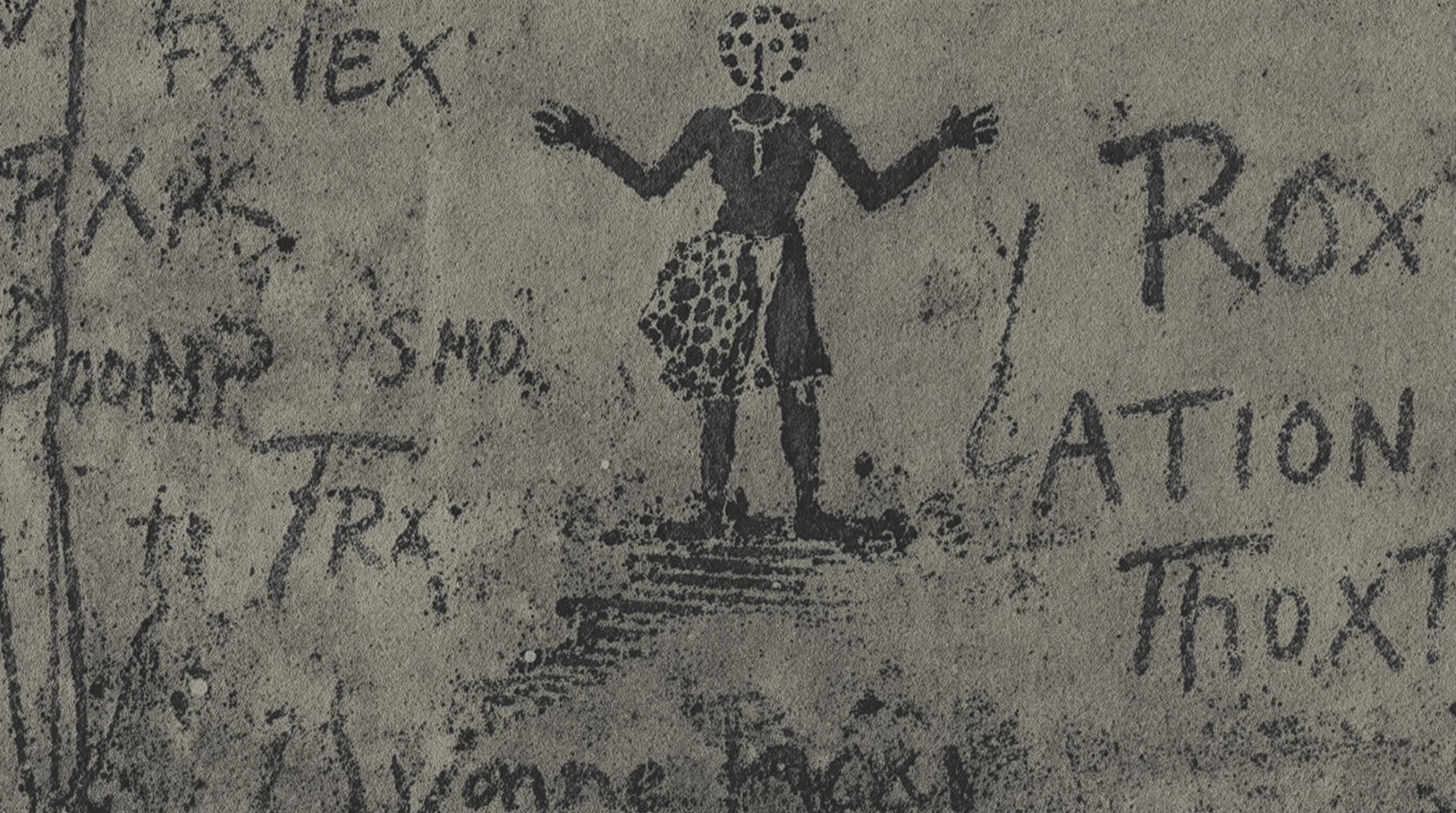Related Articles
- Top 6 Little-Known Medical Apps with User Interfaces That Actually Boost Patient Outcomes
- 5 Game-Changing Fitness Trackers from the Last 5 Years That Outperform Your Expectations
- Top 8 Breakthrough Portable Diagnostic Devices from the Past Five Years Revolutionizing Home Health Testing
- The Quiet Influence of Ancient Medical Records on Modern Healthcare Data Interpretation and Policy Making
- Top 6 Emerging Medical Coding Analytics Platforms from the Last Five Years for Data-Driven Decision Making
- Examining the Impact of Quantum Computing on Future Remote Healthcare Data Defense Strategies
The Quiet Influence of Ancient Medical Records on Modern Healthcare Data Interpretation and Policy Making
The Quiet Influence of Ancient Medical Records on Modern Healthcare Data Interpretation and Policy Making
Ancient medical records, often overlooked in the rush of modern technological advances, subtly shape our interpretation of healthcare data and policy decisions today. Through an intricate blend of historical insights and contemporary applications, these early documents guide us toward more informed and humane healthcare systems.
Picture this: a dusty scroll from ancient China or papyrus from Egypt, filled with meticulous notes on symptoms and treatments. Sounds archaic, right? Yet, these records laid the groundwork for understanding disease patterns, offering clues that even modern epidemiologists find invaluable. For example, the Edwin Smith Papyrus, dating back to around 1600 BCE, documented surgical cases with a precision and clarity that astound modern practitioners, highlighting the continuity of medical inquiry across millennia (Nunn, 1996).
The roots of healthcare analytics
Modern healthcare data analytics did not emerge from a vacuum. The early records kept by physicians like Hippocrates and Galen recorded detailed patient symptoms, environmental factors, and treatment outcomes. This methodical data collection, although primitive by today's standards, established a precedent for tracking health trends. Arguably, the way we collect Electronic Health Records (EHR) today owes much to these practices, emphasizing the collection of standardized, longitudinal patient data for better treatment personalization.
How ancient insights inform policy
In policy-making circles, understanding historical health phenomena can prevent cyclical mistakes. For instance, during the 1918 influenza pandemic, policy decisions were hampered by lack of comprehensive data; modern strategies now lean heavily on historical pandemics documented long before modern virology existed. By studying mortality rates, transmission patterns, and social responses from ancient epidemics, policymakers can model more effective interventions (Morens & Fauci, 2020). This shows a persuasive benefit of integrating ancient records into current data interpretation frameworks.
Let's talk numbers (and diseases)
Here's a nugget that might surprise you: some ancient medical texts categorize diseases in ways that predate modern nosologies but reflect an intuitive grasp of symptoms clustering. For example, the Ayurvedic system subdivides ailments into types that correlate remarkably well with modern classifications. Studies comparing ancient Ayurvedic disease groupings with ICD-10 codes found overlaps in up to 60% of diagnostic categories (Patwardhan et al., 2015). Such correlation is compelling proof that ancient frameworks can enrich modern diagnostic categorization and coding systems, influencing healthcare databases globally.
So, why should you, a curious reader between 16 and 70 years old, care about these ancient texts? Because they remind us that modern medicine is not merely about shiny machines and AI but also about preserving a holistic and historical understanding of human health. Understanding this continuum empowers you, the patient and voter, to support healthcare policies grounded in both innovation and tradition.
From scrolls to screen: storytelling in medical record-keeping
Ancient medical documents weren’t mere lists of symptoms and remedies; they were narratives. Healers often wrote case studies as stories—"The patient presented with a cough for seven days, followed by fever and chest pain..."—that allowed for a nuanced understanding of disease progression. Today, this storytelling tradition permeates clinical notes and patient histories, serving a similar role in modern EHRs by providing context that purely quantitative data lacks.
A touch of humor: What would Hippocrates say about our EMRs?
Imagine Hippocrates scrolling through today's Electronic Medical Records (EMRs), muttering, "By the heavens, where have all the papyri gone? And why does it take so long to find a single fever note?" While the technology dazzles, the essence remains unchanged—exceptional healthcare relies on detailed records of the patient’s journey. This juxtaposition highlights how despite thrilling advancements, the backbone of effective medicine is still the accurate capture of information, a task our ancient predecessors pioneered.
Case study: Lessons from the Black Death’s records
During the 14th century Black Death, chroniclers meticulously documented symptoms, mortalities, and social impacts, albeit without today's statistical tools. Modern historians and epidemiologists, using these records, have reconstructed mortality maps and patterns helping us understand how social behavior altered disease spread (Benedictow, 2004). This retroactive data mining continues to inform contemporary pandemic preparedness protocols.
The silent custodians of medical wisdom
While ancient records are quiet and often fragmented, their influence is omnipresent—integrated into the algorithms we use to predict patient outcomes and the policies that shape public health. A 2018 survey of health data scientists revealed that 42% consider historical epidemiological data an "essential complement" to modern datasets (Smith et al., 2018). This silent custodianship underscores a timeless truth: data's value magnifies when viewed through the lens of history.
Let's wrap this up with a casual thought: next time you’re frustrated navigating a complex health system, imagine the ancient scribes who, with little more than ink and parchment, built the first foundations for what would eventually become the global health data networks we rely on today. That’s pretty cool, isn’t it?
Sources:
Nunn, J. F. (1996). Ancient Egyptian Medicine. University of Oklahoma Press.
Morens, D. M., & Fauci, A. S. (2020). The 1918 Influenza Pandemic: Insights for Future Threats. Journal of Infectious Diseases.
Patwardhan, B., et al. (2015). Ayurveda and ICD-10: A Comparison of Disease Classification. Journal of Alternative and Complementary Medicine.
Benedictow, O. J. (2004). The Black Death 1346-1353: The Complete History. Boydell & Brewer.
Smith, R., et al. (2018). Integration of Historical Data in Modern Epidemiology: A Survey. Health Informatics Journal.




